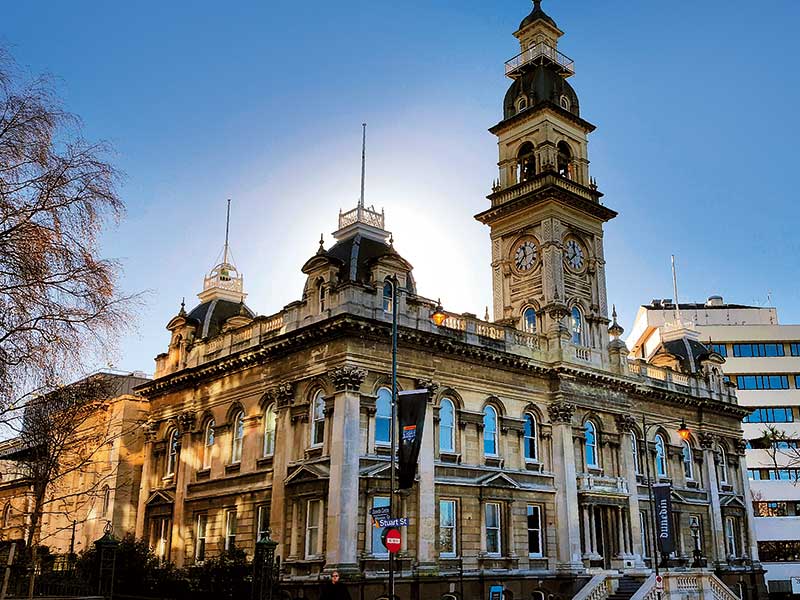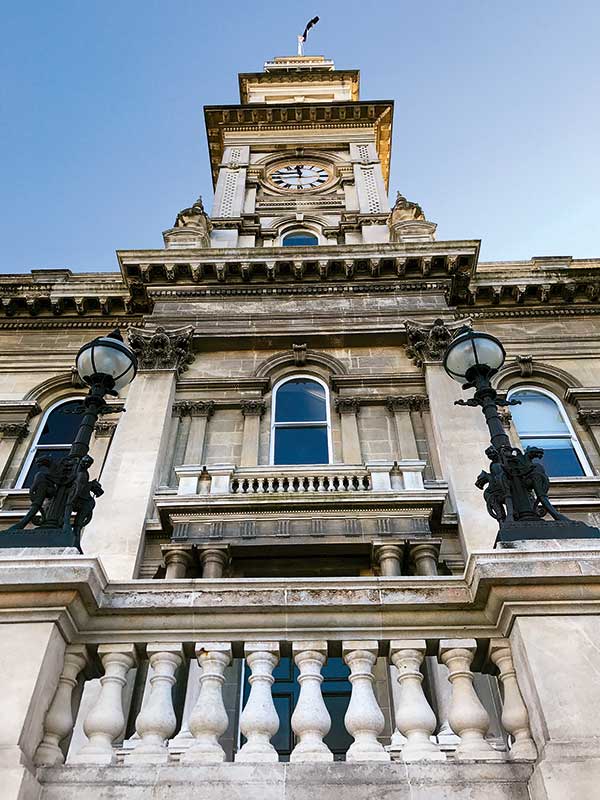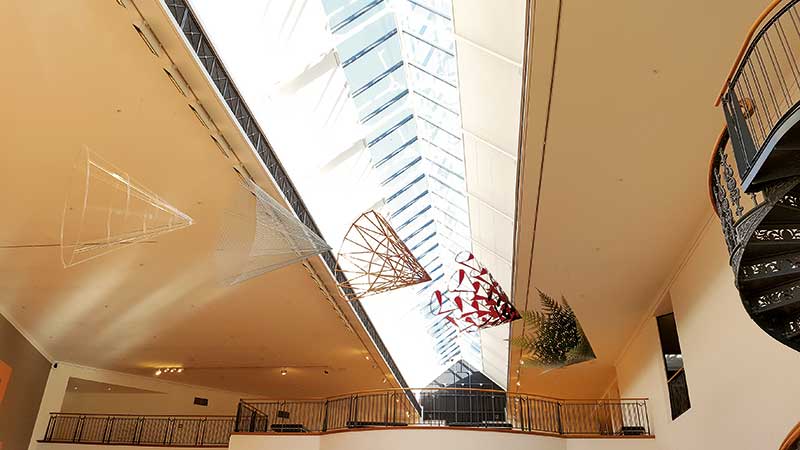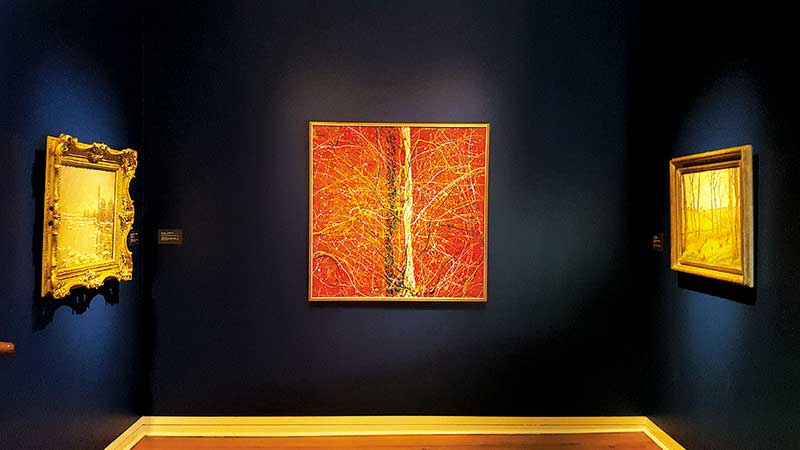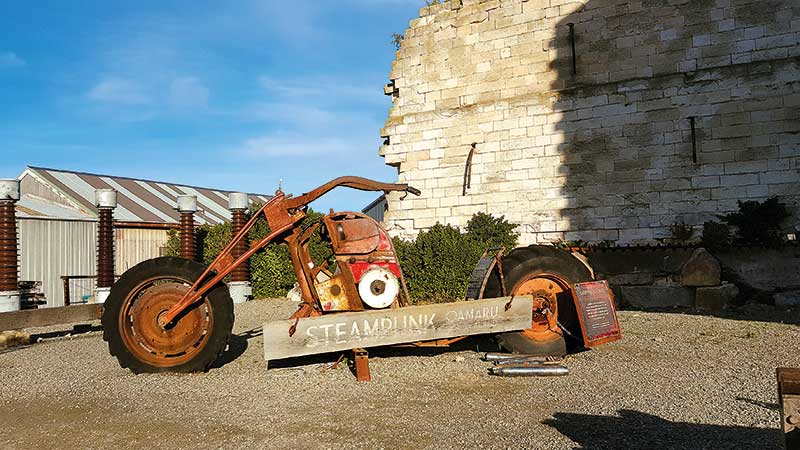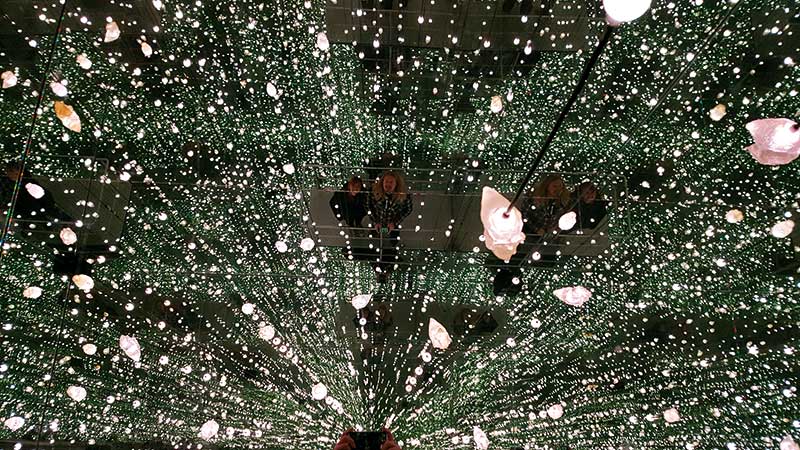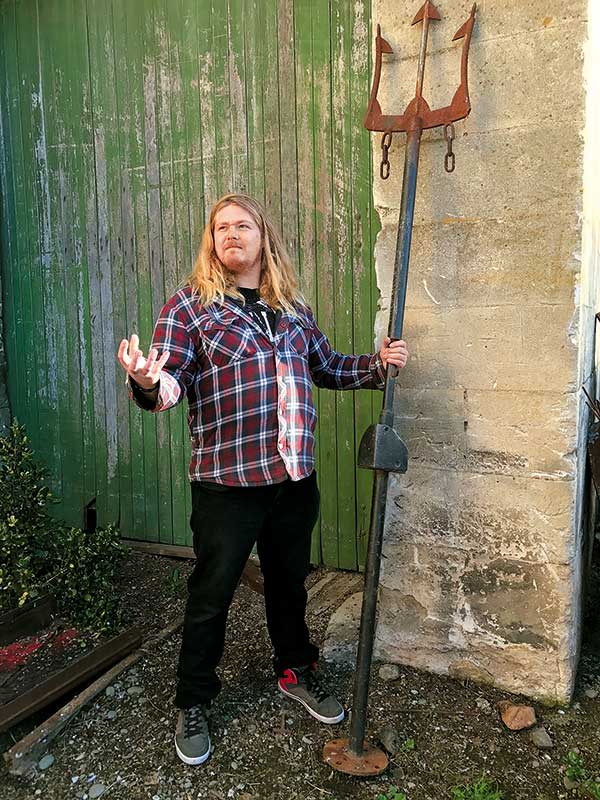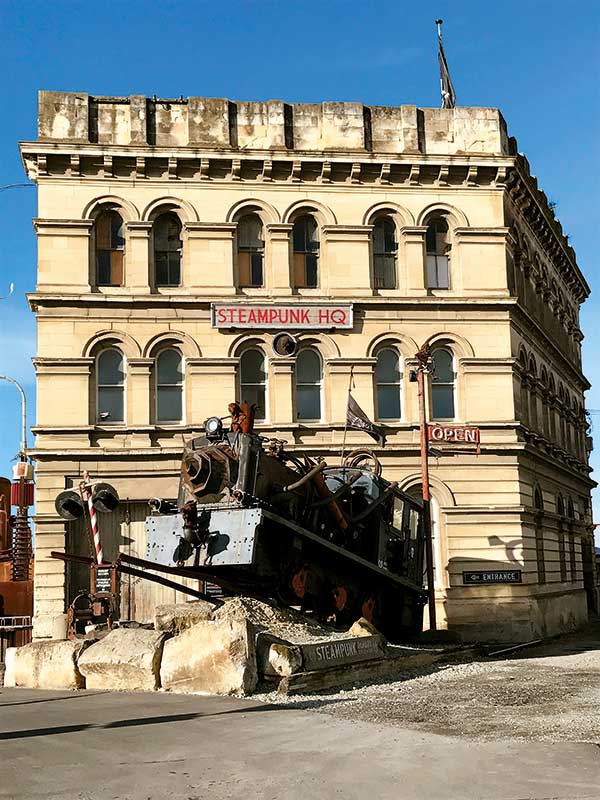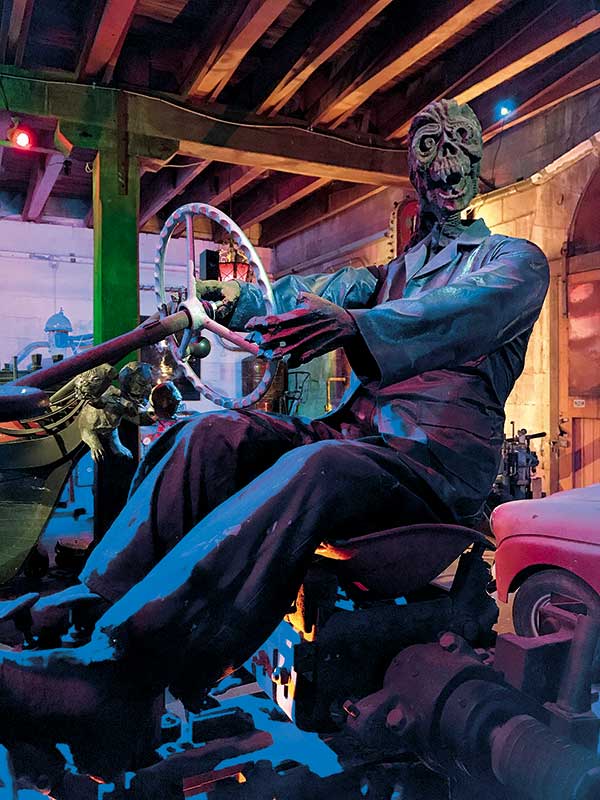I am embarrassed to admit that until recently, I had only ever set foot in one art gallery my entire life. Not that I have an aversion to them; far from it. It’s just, as a rule, we don’t think of places like these when looking for things to do.
We’re usually more focused on the outdoorsy stuff—beaches and lakes, mountains and bush—particularly when we have our four-legged friend
in tow.
However, on a recent dog-free long weekend in Dunedin, we found ourselves with plenty of time on our hands to explore places we wouldn’t normally consider.
Exploring art in Dunedin
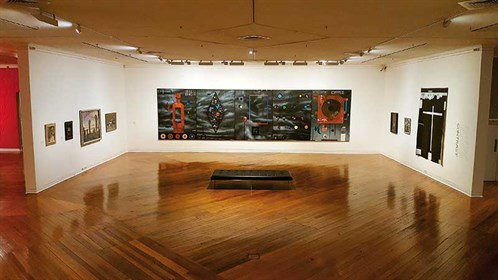
The more we visit Dunedin, the more things we find to do there, and it grows on us more every time. Like much of the Deep South, it has such a relaxed vibe. After a traditional Gaelic breakfast (including haggis!), we went for a leisurely stroll around the Octagon, one of the city’s main hubs.
Here you can find some fine examples of the historical architecture Dunedin is known for, such as the Municipal Buildings and St Paul’s Cathedral.
As a writer in the City of Literature, I was delighted to find myself standing in Writer’s Walk, where 22 plaques bear quotes from some of Dunedin’s best-known writers such as Janet Frame and Witi Ihimaera, and a statue of legendary Scots poet Robert Burns takes pride of place.
We were enjoying ourselves so much, immersing ourselves in history, that we thought we would check out the Public Art Gallery right next to the walk.
This was the first public art gallery in New Zealand and has the largest collection of old master paintings in the country as well as a huge collection of modern and contemporary works.
My previous interpretation of an art gallery was always as a serious and rather imposing place where you weren’t allowed to make noise or have fun—like the libraries of my childhood.
However, I was pleasantly surprised to see how bright and friendly the Dunedin one was and the smiling staff went out of their way to be helpful.
Not only that but the admission is also free. I absolutely loved being able to see original artists’ works dating as far back as the 15th century and couldn’t believe I got to stand in front of an actual painting by Monet, whose work I had admired since I was a teenager.
We also enjoyed the interactive modern exhibitions, from life-sized technicolour explosions to being able to try on quite possibly the world’s largest pair of track pants.
There was even an area for kids to play and get creative on the walls. We had a good time, and with plenty more galleries and unique collections in the area, we agreed that we needed to do this sort of thing more often.
A pit stop at Oamaru
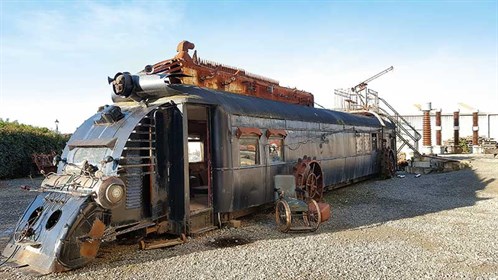
We had planned to visit Oamaru at a later date but upon realising how close we were to North Otago’s largest town—just an hour and a half away—we decided to extend our trip by an extra day and make the journey in pursuit of a different type of art.
The definition of Steampunk describes it as ‘a genre of science-fiction that has a historical setting and typically features steam-powered machinery rather than advanced technology’. It’s eclectic, it’s eccentric, and I’ve always found it rather glorious.
With Oamaru celebrated as the proud home of Steampunk HQ, we were happy to go out of our way to ensure we experienced it.
We had checked online beforehand to make sure the Steampunk museum would be open, which it was. However as we discovered on arriving, you shouldn’t visit Oamaru in winter on a Monday, as pretty much everything is closed, and being Murphy’s Law, it was indeed a Monday.
Still, even in its closed-up state, it was obvious that Oamaru is a unique town.
Despite driving through many quaint and historical towns on our travels, we found Oamaru to be enchanting. As we made our way down the narrow cobbled streets, dotted with old-fashioned sweet shops and artisan workshops, I felt as though we were in a Dickens’ novel.
The Victorian Precinct felt like being in a ghost town, with everything closed the way it was.
It was such as shame that we were unable to pop into the many craft shops, galleries, and boutique stores, but on the other hand, it was plain to see that we hadn’t allowed ourselves enough time to explore Oamaru properly anyway.
To see everything would easily take a whole day if not two. That was fine with us, though, as it meant we could go back again.
More historical must-sees
Dunedin is home to New Zealand’s first public art gallery, but there’s a lot more to the place. Here are some more historical must-see and-dos while you’re in the bonny city:
- First Church of Otago. Turns out, Dunedin is home to the first church in the country as well. Built in 1873, the church has an interesting and colourful history. You can visit the church in Moray Place, along with the Visitor and Heritage Centre, to enjoy a more detailed glimpse into the past.
- Dunedin Botanic Gardens. In yet another first, this was the first botanic garden in New Zealand that holds the proud status of Garden of International Significance. With more than 30 hectares and almost 7000 plants species to work your way around, it’s a lovely place to while away the hours and listen to wild native birdsong.
- Dunedin Railway Stationn One of the best-known buildings in the South Island, it has been officially recognised as one of ‘The World’s 200 Must-See Places’, and with good reason. The impossibly grand Edwardian Baroque building is a spectacle in itself. Officially opened in 1906, these days the railway station is often used to host some of the city’s high profile events. However, its main function is still operating passenger trains. The Taieri Gorge Railway offers a variety of spectacular coastal and river journeys, which take in some of the country’s most stunning scenery that just cannot be seen from the road.
- Olveston Historic Home. For a real peek into the past, Olveston gives visitors the chance to experience just what life was like in the early 1900s. The original home of the Theomin family, it was intended to stay in the family for generations. However, sadly, the only surviving member died without leaving an heir. The house and its original contents were subsequently gifted to the city of Dunedin and have remained untouched and immaculately preserved ever since. It’s like stepping inside a real-life time capsule.

